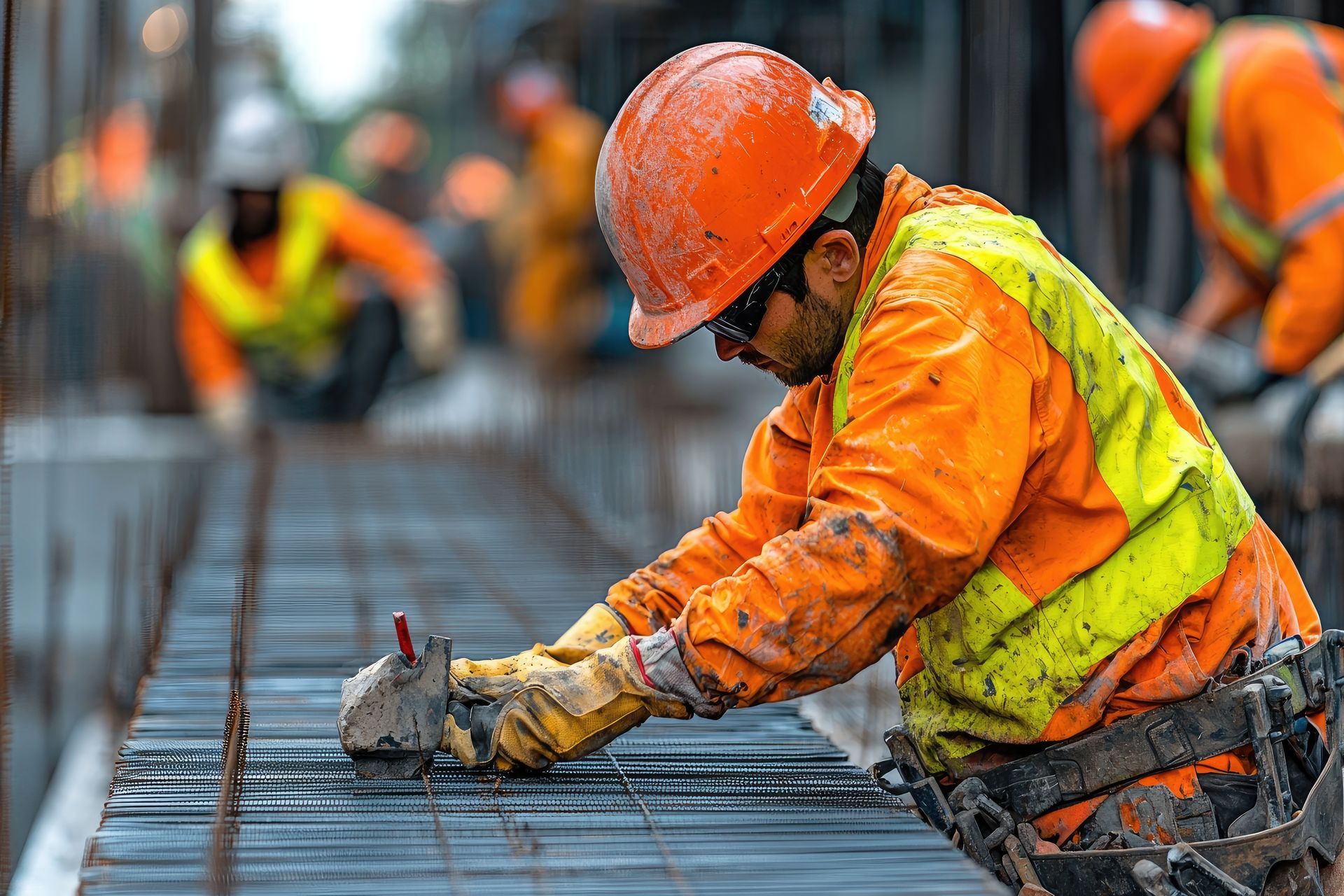DIY Vs. Pro: What’s Best for Your Concrete Patio?

A concrete patio is a great way to enhance your outdoor living space with durability and style. If you're planning to install a concrete patio Dallas, deciding between a DIY approach and hiring professionals is a key decision. While DIY installation may appear cost-effective, it demands significant time, effort, and expertise. Professional installation, on the other hand, offers a polished finish and long-term reliability. This post will break down the cost, skill requirements, time investment, and common pitfalls of each option, helping you make the best decision for your project.
Cost Comparison: Breakdown of Materials, Tools, and Labor Expenses
1. Material Costs
For DIY installation, materials like concrete mix, rebar, and decorative elements must be purchased individually, often at retail prices. This can be more expensive per unit compared to the bulk discounts professionals enjoy. Additionally, homeowners might underestimate the quantity of materials needed, leading to extra trips and costs. Professional contractors include material costs in their estimates, saving you from unexpected expenses.
2. Tool and Equipment Expenses
DIYers often need to rent or purchase tools like concrete mixers, trowels, compactors, and edging tools. Renting these tools can cost hundreds of dollars, especially for extended projects, and buying them outright may not be practical for a one-time use. Professionals already own specialized equipment, ensuring efficient and precise installation without extra costs to you.
3. Labor Costs
The absence of labor costs is a significant advantage of DIY projects, but these savings come with a high physical and time investment. Professional labor, while more expensive, guarantees expertise, speed, and peace of mind. It’s essential to weigh whether the time and effort saved justify the added expense of hiring professionals.
4. Hidden Costs
DIY projects often encounter hidden costs, such as correcting mistakes, purchasing extra materials, or addressing issues like poor drainage. Professionals offer upfront pricing, accounting for potential challenges and reducing the likelihood of costly surprises later.
Skill Requirements: Discuss the Expertise Needed for Leveling, Pouring, and Finishing
1. Precision in Leveling
Leveling the base for a concrete patio is critical to prevent sinking and cracking over time. This process involves grading the soil, compacting it, and sometimes adding a gravel layer. DIYers often struggle to achieve a stable and level foundation, leading to long-term structural issues. Professionals use advanced tools and techniques to ensure the base is perfectly prepared.
2. Mastery in Pouring and Spreading
Pouring and spreading concrete require precision and speed, as the material sets quickly. DIYers may find it challenging to pour evenly, leading to uneven surfaces or weak spots. Professionals, with their experience, can pour and spread concrete seamlessly, creating a uniform and durable surface.
3. Finishing Techniques
Creating a smooth or textured finish is an art that requires both skill and the right tools. Decorative finishes, such as stamping or staining, can easily go wrong in DIY projects, leaving an amateurish look. Professionals are trained in various finishing techniques, ensuring a patio that’s both visually appealing and durable.
4. Knowledge of Reinforcement and Curing
Proper reinforcement, like rebar or mesh, is essential for a patio to handle heavy loads without cracking. DIYers may overlook or improperly place these elements, compromising the structure’s integrity. Additionally, curing the concrete correctly involves maintaining moisture levels and timing, which professionals handle with precision to ensure long-lasting results.
Time Investment: Highlight How Long DIY vs. Professional Jobs Typically Take
1. Planning and Preparation
DIY projects require extensive planning, from researching techniques to sourcing materials and tools. This phase alone can take weeks for first-timers. Professionals streamline this process, often completing the entire project within the time a DIYer spends planning. If you don’t want the hassle of creating your own patio, enlist the help of the professionals, read “Concrete Contractors Dallas TX: Your Trusted Partner For Exceptional Concrete Solutions.”
2. Execution Time
Pouring, leveling, and finishing a concrete patio can take several days or even weeks for a DIYer, depending on their skill level and available time. Weather delays and mistakes can further extend the timeline. Professional teams, with their expertise and manpower, can complete the same project in a fraction of the time, typically within a few days.
3. Curing Period
Regardless of who does the installation, the curing period for concrete remains the same—around 7 to 10 days for basic use and up to 28 days for full strength. However, professionals manage the curing process effectively, ensuring no delays or issues arise during this phase.
4. Future Maintenance
DIY mistakes often lead to ongoing maintenance, such as fixing cracks or uneven surfaces, which consume more time in the long run. A professionally installed patio minimizes these risks, offering long-term peace of mind and fewer repairs.
Common Pitfalls: Outline Mistakes Like Uneven Surfaces or Improper Curing
1. Uneven Surfaces
Uneven surfaces are a common issue in DIY projects, often caused by improper leveling or pouring techniques. This not only affects the patio’s appearance but also creates drainage problems and tripping hazards. Professionals ensure an even finish using advanced tools and precise methods.
2. Cracking and Weak Spots
Improper mixing ratios or inadequate reinforcement can lead to cracks and weak spots in DIY patios. These flaws compromise the structure’s durability and require costly repairs. Professionals use industry-standard techniques to prevent such issues, delivering a patio built to last.
3. Inadequate Drainage
DIYers often overlook drainage considerations, resulting in water pooling on the patio. Poor drainage can lead to erosion, cracking, and damage to surrounding areas. Professionals incorporate proper slopes and drainage systems to ensure water flows away from the patio.
4. Weather-Related Mistakes
When pouring concrete, the weather is a major factor. DIYers may pour concrete during unsuitable weather, causing it to set too quickly or unevenly. Professionals account for temperature and humidity, using techniques to ensure a flawless finish regardless of the weather.
Conclusion
When deciding between DIY and professional installation for your concrete patio, it’s essential to consider cost, time, and expertise. While DIY might seem appealing for its potential savings, the risks of mistakes and time investment often outweigh the benefits. Professional installation ensures a durable, high-quality patio with minimal hassle. For a reliable and aesthetically pleasing concrete patio, trust the experts to deliver outstanding results.
Turn your outdoor space into a stunning retreat with the help of
Dynasty Concrete Contractors Of Dallas. Whether you’re dreaming of a sleek modern patio or a decorative masterpiece, our team delivers quality craftsmanship you can count on. Skip the stress and uncertainty of DIY projects and enjoy the peace of mind that comes with professional expertise.
Contact us today for a consultation, and let us bring your patio vision to life!




